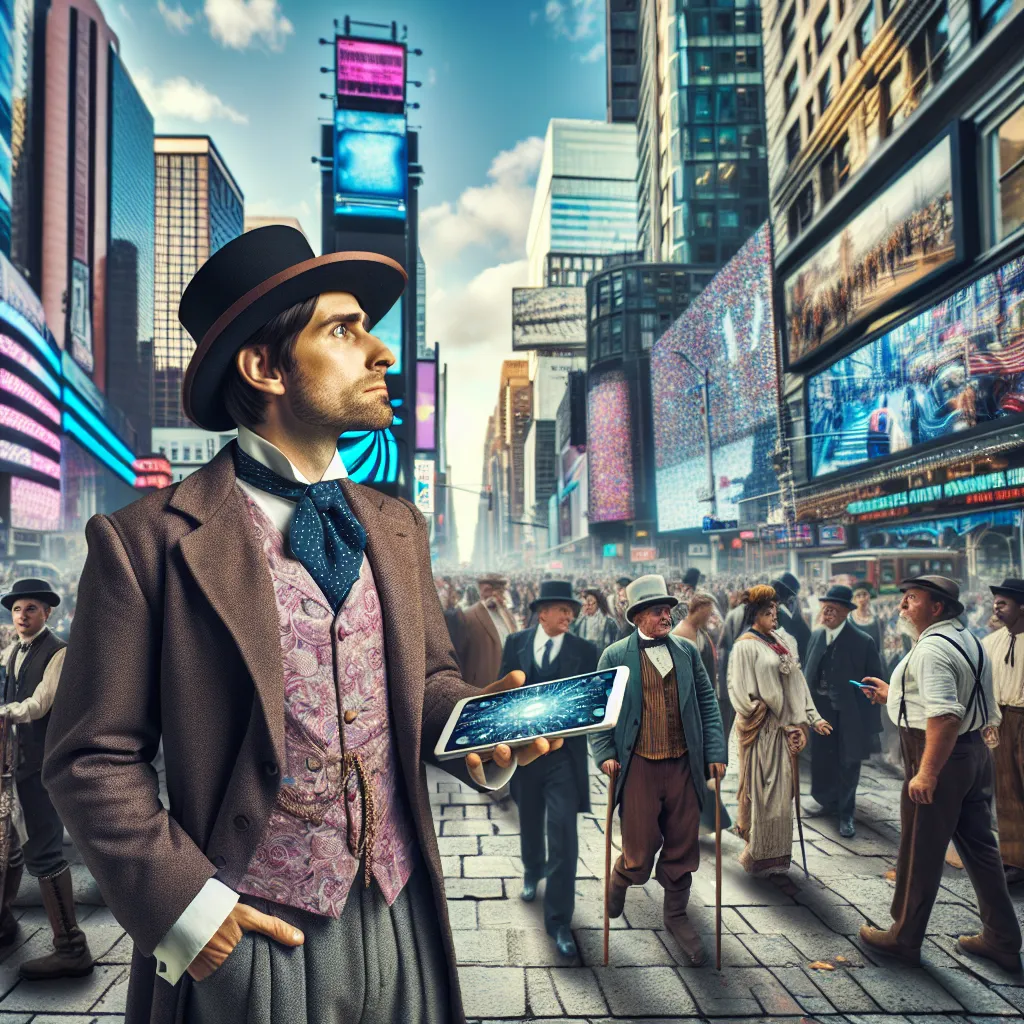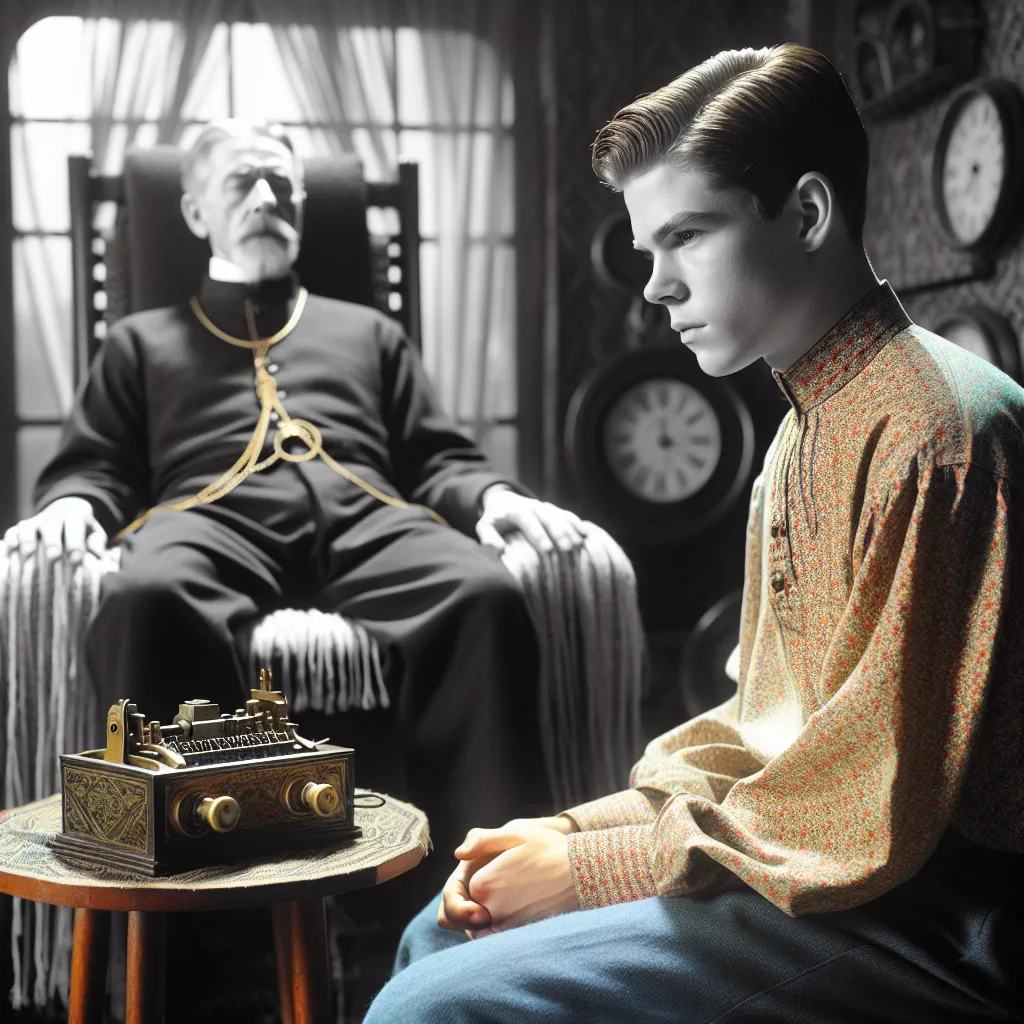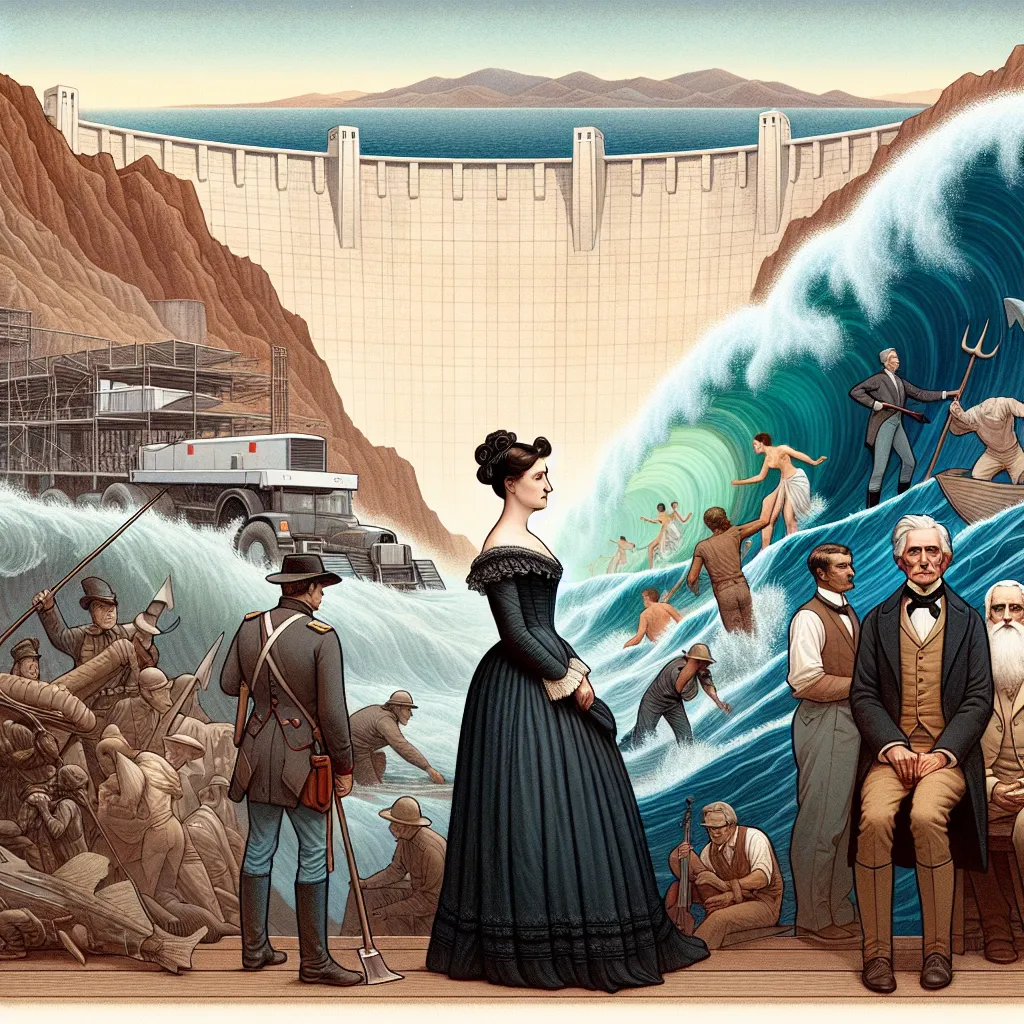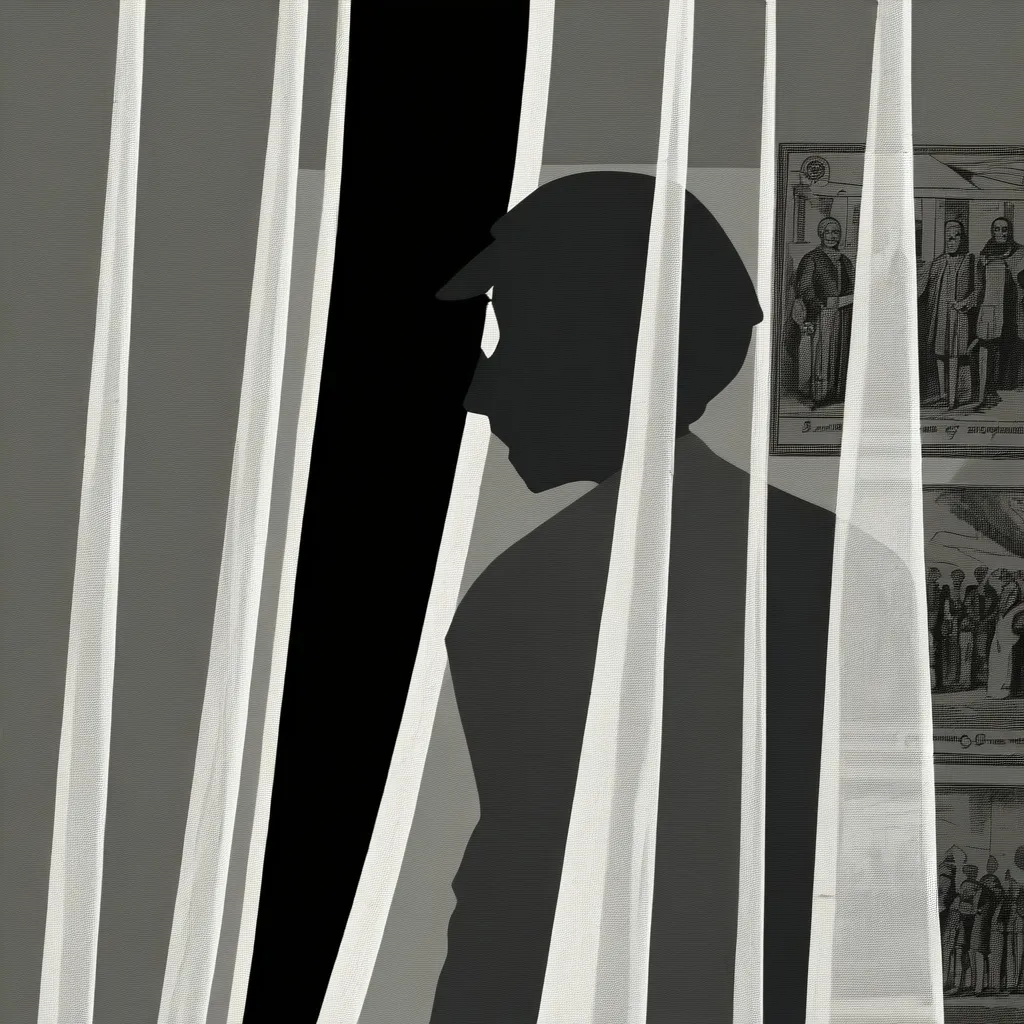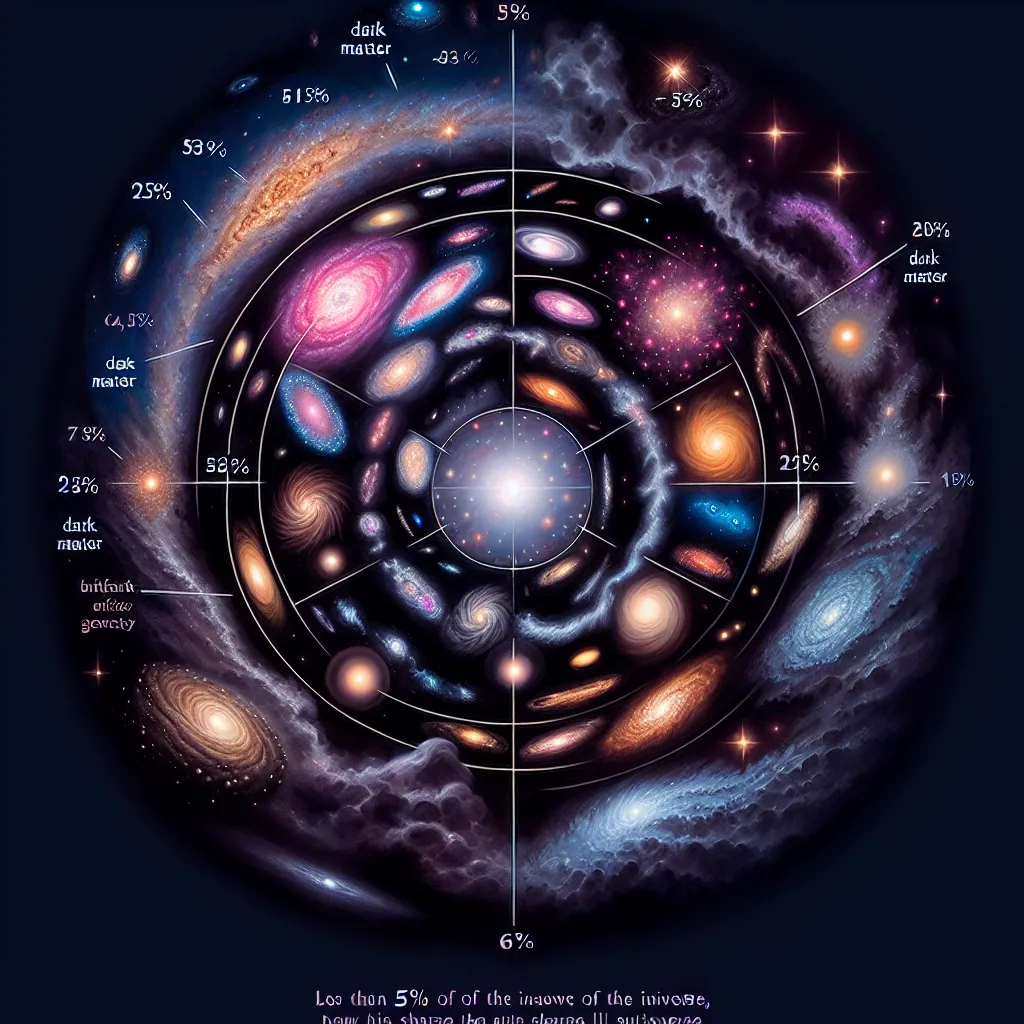Is time travel possible? According to physicists, traveling to the future isn’t just possible—it’s been scientifically proven. But what about traveling to the past? That’s trickier, but there are some intriguing stories that hint at visitors from the future.
Human fascination with time travel is nothing new. We’ve always been curious about bending time. Let’s dive into some accounts that may or may not confirm these theories.
In 1950, a man appeared out of nowhere in the middle of New York City’s Times Square. Witnesses described him as clueless about modern surroundings. When he tried to cross the street, he was hit by a cab and died on the spot. The man’s pockets contained coins and currency decades out of date and items from businesses that no longer existed. All this indicated he was from the 1800s. Despite thorough investigation, there was no official record of him, but old records showed a missing person named Rudolph Fense from 1876. Did he travel through time? Maybe, but this tale turned out to be a fictional story.
Then there’s Andrew Carlson, arrested in 2003 for insider trading after making hundreds of high-risk profitable trades. Carlson claimed he was from 250 years in the future and used his knowledge for quick profits. The authorities thought he was either crazy or lying. Even though he offered to share groundbreaking secrets in exchange for a lighter sentence, like the cure for AIDS or Osama bin Laden’s location, Carlson stuck to his time-travel story until he mysteriously vanished. This fantastical story originated from a satirical newspaper but grew into a widespread urban legend.
How about the time traveler at a 1995 Mike Tyson fight? Footage shows a spectator seemingly filming the match with a smartphone—something not available until years later. While it’s likely a handheld camcorder from that era, it still fuels the imagination.
The “Time Traveling Hipster” is another famous image from a 1940 Canadian bridge reopening. The man in the photo appears to be wearing modern accessories like sunglasses and a graphic t-shirt. Yet, all those things existed in the 1940s, even if they weren’t common.
In Charlie Chaplin’s 1928 film “The Circus,” there’s footage showing a woman seemingly talking into a device that looks like a cell phone. Some argue she was using an early hearing aid, but the mystery remains. Another video from 1938 shows a woman who appears to be on a cell phone outside a factory. While her family claims she used a prototype wireless phone, the technology just wasn’t there yet.
The discovery of a modern-looking watch ring in a 400-year-old Chinese tomb turned out to be a hoax. And the astronaut carved into Spain’s Salamanca Cathedral was added during restoration in 1992, modern art cleverly integrated into an ancient setting.
All these cases evoke a mix of skepticism and fascination. But why are we drawn to such stories? It’s because time dominates our lives—it creates and ends possibilities. Time is precious, more valuable than money because once it’s gone, it’s gone forever.
Thanks for spending your time with this intriguing dive into time travel tales. If you enjoyed this, do share your thoughts and let’s keep the conversation going!
